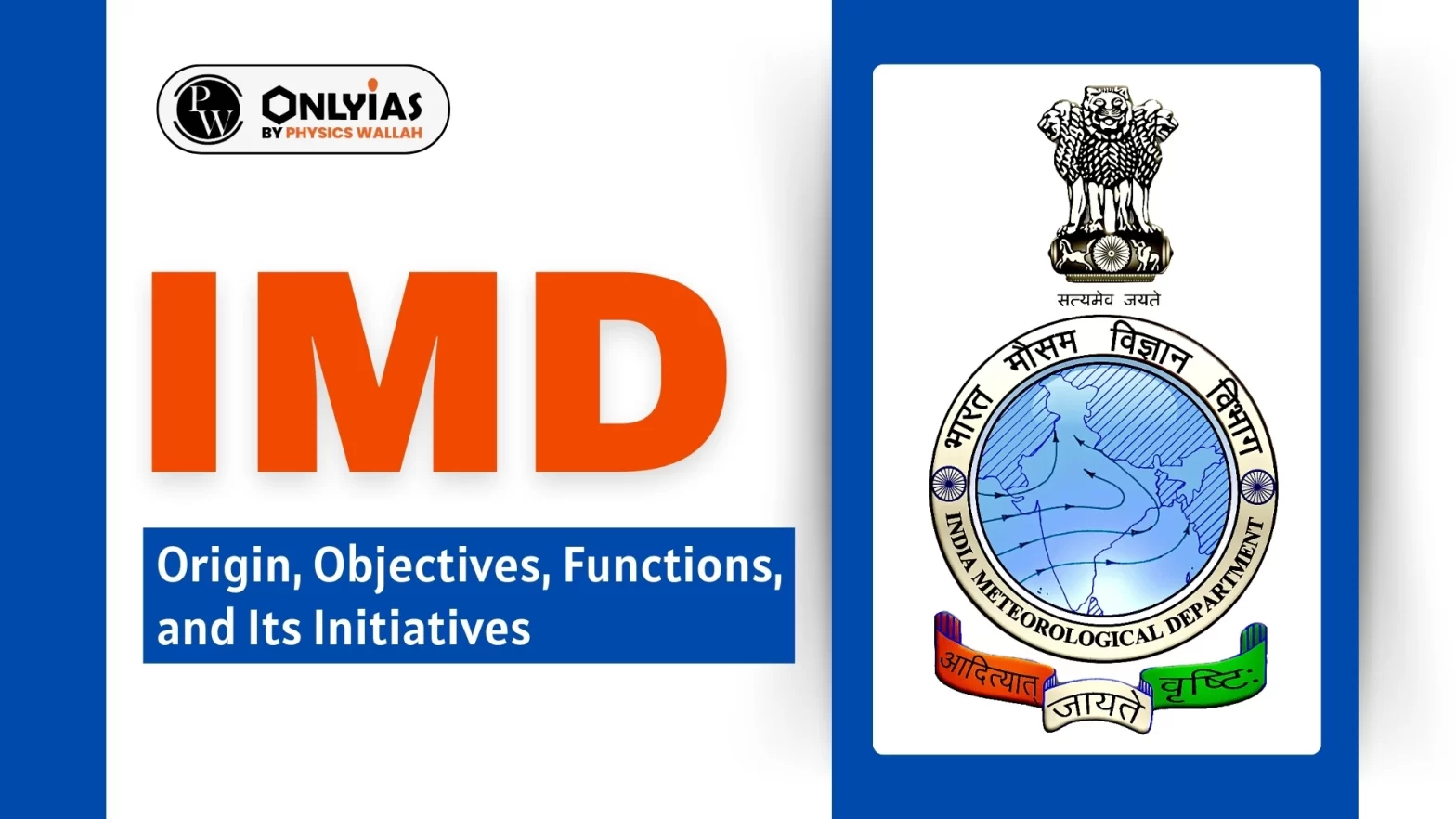
The Indian Meteorological Department (IMD), a pioneering institution in weather forecasting and meteorological services in India, marked a historic milestone on January 15, 2025, as it celebrated 150 years since its establishment. Known for its vital contributions to agriculture, disaster management, and public safety, the IMD plays a crucial role in shaping India’s socio-economic fabric by providing accurate and timely weather updates. IMD is an agency of the Ministry of Earth Sciences that is responsible for carrying out meteorological observations, weather forecasting, and seismology
Established in 1875, the IMD began as a modest effort to enhance weather observation and forecasting in British India. Over the decades, the department has evolved into a globally recognized meteorological institution, setting benchmarks in technological advancement and service delivery. Here are some key milestones in its illustrious history:
| Must Read | |
| NCERT Notes For UPSC | UPSC Daily Current Affairs |
| UPSC Blogs | UPSC Daily Editorials |
<div class="new-fform">
</div>
